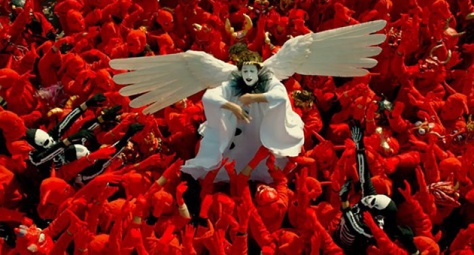By Dennis Hartley
(Originally posted on Digby’s Hullabaloo on July 11, 2020)

Mystery of the Wax Museum – Warner Archive Collection
“Images of wax that throbbed with human passion!” Get your mind out of the gutter…I’m merely quoting the purple prose that graced the original posters for this 1933 horror thriller, directed by the eclectic Michael Curtiz (Adventures of Robin Hood, The Sea Hawk, Yankee Doodle Dandy, Casablanca, Mildred Pierce, King Creole, et.al.).
Beautiful (and busy) Fay Wray (who starred in King Kong the same year) captures the eye of a disturbed wax sculptor (a hammy Lionel Atwill) for reasons that are ah…more “professional” than personal. Wray is great eye candy, but it is her co-star Glenda Farrell who steals the show as a wisecracking reporter (are there any other kind of reporters in 30s films?). Farrell’s comedy chops add just the right amount of levity to this genuinely creepy tale. A classic.
The film was considered “lost” until a lone, worn out print was discovered around 1970. It was originally filmed in the long-defunct Two-Color Technicolor process, adding to the challenge of an accurate restoration. Thank the gods for the UCLA Film and Television Archive and the Film Foundation, who tackled the project with their usual aplomb (with a little sugar from the George Lucas Family Foundation). The result is a glorious print that will make buffs wax poetic (sorry). Extras include the documentary Remembering Fay Wray.








